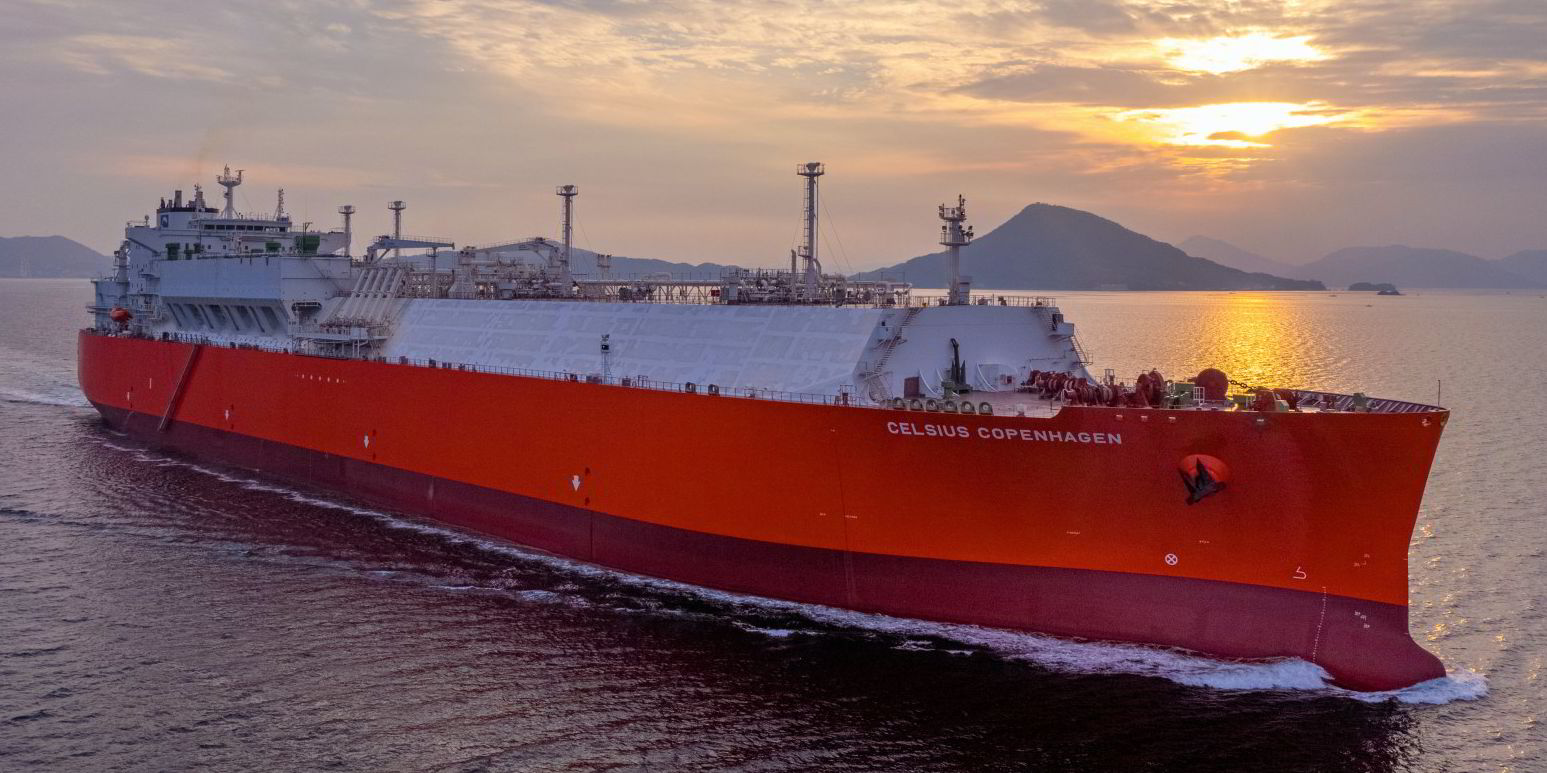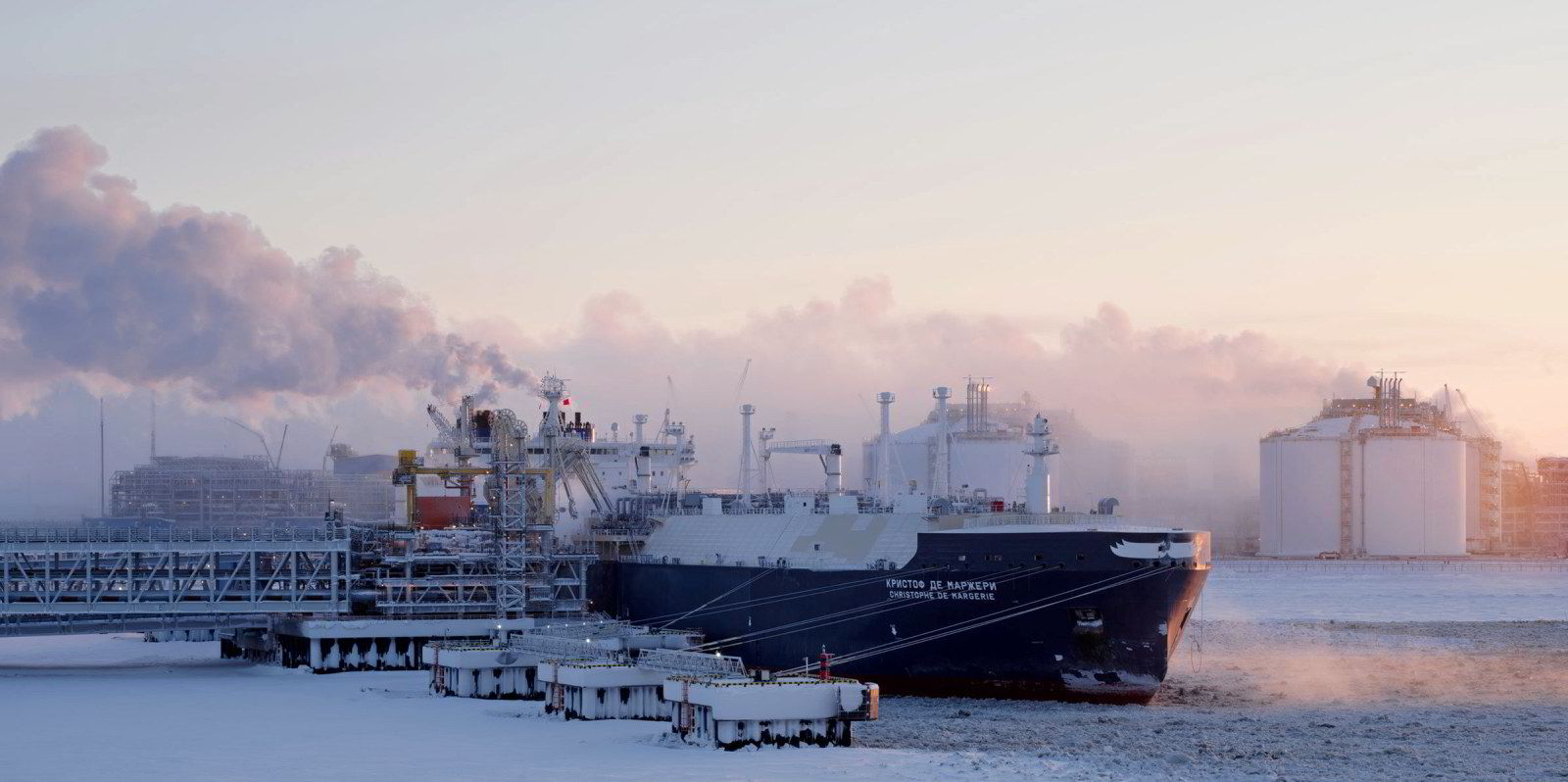The LNG carrier fleet has surpassed the 100m cbm threshold on the back of accelerated newbuilding levels seen over the past seven years.
The fleet now stands at 665 ships following record breaking newbuilding deliveries in the first nine months of 2021, according to Clarksons.
Deliveries between January and September 2021 are up 78% year-on-year at 7.9m-cbm on the back of robust ordering in 2018.
Clarksons said the fleet has grown by 8% since the start of 2021 and has grown by an average of 8% per annum since the start of 2014, underpinned by major LNG project start-ups.
"Overall, it has taken just 3.5 years for the fleet to increase by 25m cbm, half the time taken for the previous 25m cbm increase in 2010-18, reflecting the slower pace of project start-ups in the early 2010s," the shipbroker said.
"Recent growth has also been even faster than the four years taken for the fleet to grow from 25m to 50m cbm in 2006-10, when Qatar's expansion of its export facilities and investment in Q-Flex and Q-Max ships had a major impact," it added.
Clarksons said strong deliveries in recent years have also led to major changes to the fleet composition amid the rapid technology changes of the last decade.
Two-stroke dual-fuel ships now account for 20% of the fleet against just 3% at the start of 2018, with 30% DFDE [dual-fuel diesel-electric] and 37% steam turbine.
Clarksons said that while fleet growth is projected to moderate in 2022 to around 5%, the outlook for expansion in the mid-2020s seems positive, amid the next expected major wave of project start-ups.
"With ordering in the January-September period the largest for the past 17 years, the LNG orderbook as a percentage of fleet capacity is the largest of all major shipping sectors at 25%," it said.
However, the shipbroker said further orders are expected in the short-term, including for Qatar's 100 ship requirement and other export projects under construction.
"Whilst focus on fleet renewal will intensify going forwards given the number of steam turbine ships, LNG's role as a bridging fuel in the global energy transition and LNG's export geography suggests there remains scope for significant growth in LNG trade and fleet capacity," Clarksons said.





